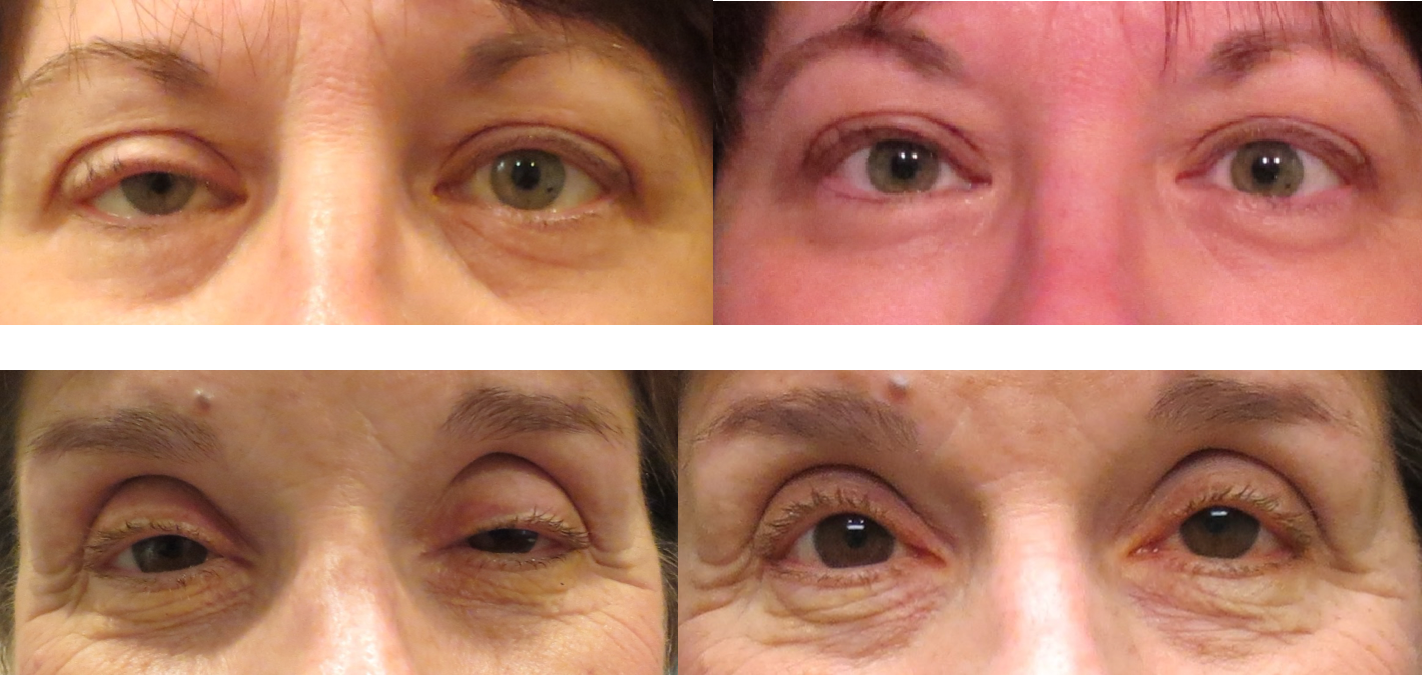Ptosis

What Is Ptosis?
Ptosis is a condition in which one or both eyelids droop. The eyelid may droop only slightly or it may droop enough to partially or completely cover the pupil. Ptosis can restrict or obscure the person’s field of vision and should be corrected by an oculoplastic surgeon.
Note that ptosis differs from dermatochalasis, eyelid drooping caused by extra skin, which causes droopiness due to heaviness.
Ptosis Causes
The most common type of adult ptosis is caused by a weakened muscle attachment that’s responsible for raising the upper lid. This typically occurs as a result of the aging process, after cataract surgery, following many years of contact lens wear, or from injury.
In cases of sudden onset of ptosis, there may be other causes that should be evaluated by an oculoplastic specialist.
Surgical Options for Ptosis Treatment
Ptosis surgery is an outpatient procedure that involves repairing the detached muscle responsible for lifting the eyelid. The specific surgical approach taken depends on testing performed during your consultation with one of our oculoplastic surgeons.
Is Ptosis Surgery Covered By Insurance?
Your surgeon will discuss your treatment options and will perform testing to determine whether your ptosis may be medically necessary and covered by your insurance carrier.
Recovery After Ptosis Surgery
While recovery time may vary, you will be able to read and drive the following day, and refrain from strenuous activity for about a week. The surgery itself is usually quite short, lasts less than one hour, and w patients return home the same day.
Ptosis Surgery Before and After Photos

Schedule a Ptosis Consultation
If you or a loved one has symptoms of ptosis, please request an appointment with Eye Consultants of Atlanta online or call (404) 351-2220.

